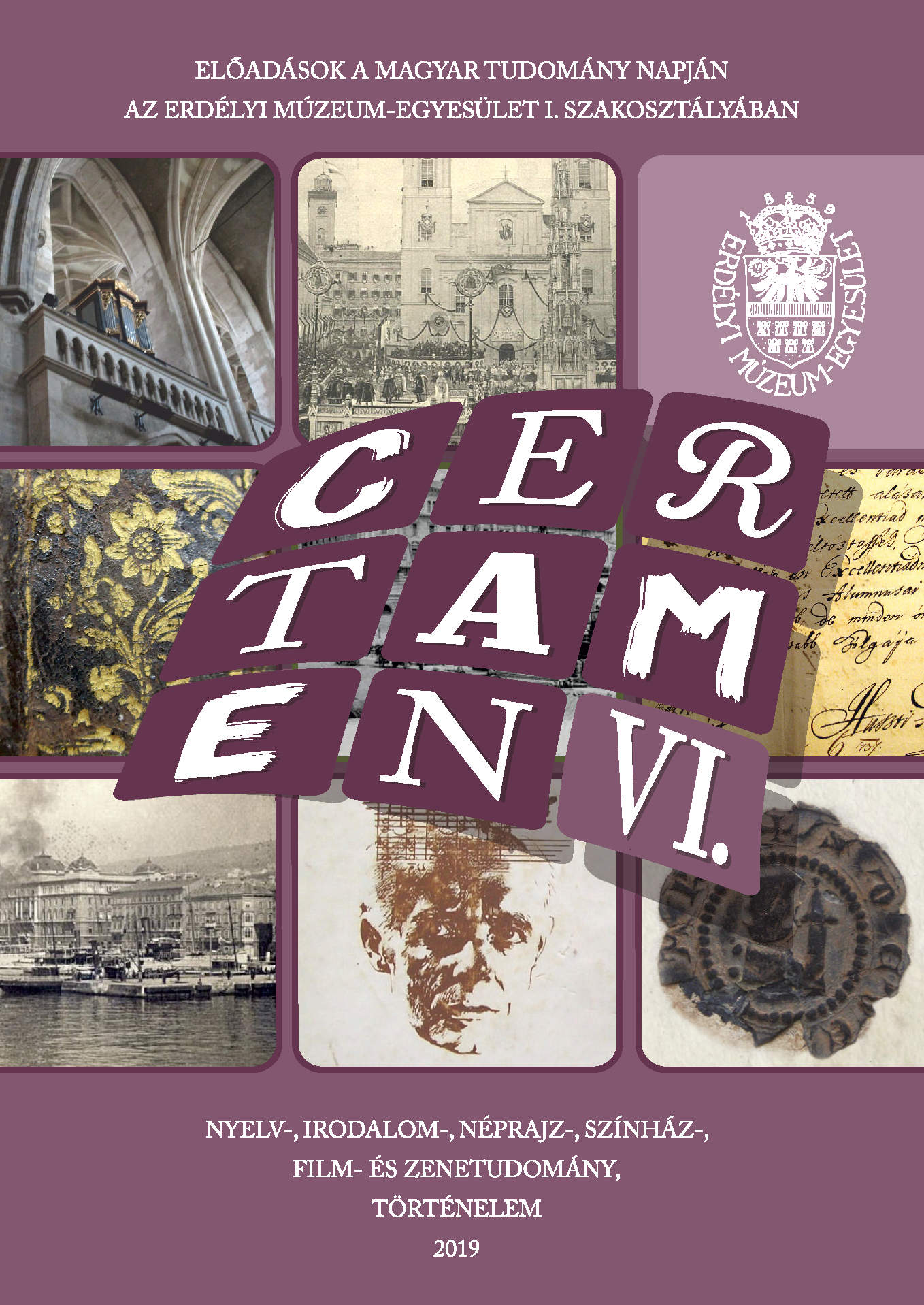A 19. századi magyar gyermekirodalom előzményei ‒ filantropizmus és polgári értékrend magyar nyelvű gyermekkönyveinkben
The Antecedents of Hungarian Children’s Literature of the 19th Century – Philanthropism and Civic Values in Hungarian Written Children’s Books
Author(s): Katalin NagySubject(s): Hungarian Literature, 19th Century
Published by: Erdélyi Múzeum-Egyesület
Keywords: children’s literature; history of education; Philanthropism; bourgeois values
Summary/Abstract: My study investigates into the way the ideas of philanthropism appear in Hungarian children’s books released in the first half of the nineteenth century and into the value system reflected in these books. My aim is to draw attention to a wider audience concerning children’s books, laying outside the traditional canon of Hungarian children’s literature. The examined children’s books are limited to two authors’ works: the ones written by Jakob Glatz and translated into Hungarian, as well as Gábor Döbrentei’s book entitled A kis Gyula könyve. The philanthropist educational reform movement put the children’s literature into a new position: children’s literature became important, since it was the source of children’s entertainment and enjoyment. The following aspects regarding philanthropist characteristics are tackled: title and topic selection, the characters of the stories/plays, the frame story bedding (a common narration technique) and the highlighted role of leisure activities. Philanthropism was an educational movement adapted to the practical needs of the middle-class – that’s why pedagogical concepts and civic values are closely intertwined. In the children’s books I examined, we can observe the small bourgeois family being shown as an example; however, these stories often praise hard work and manual labour. The main emphasis concerns highlighting civilian occupations, but the social role and the line-up of virtues have the same importance. The civic virtues “catalogue” is not limited to men and sons, but it is harmonically completed with the presentation of women’s role and the virtues linked to it. In my opinion the Hungarian children’s literature of the first half of the nineteenth century shows a much more varied picture than the way it is presented in the manuals and lecture notes on the history of Hungarian children’s literature. Beside the examination of the national children’s literature it is worth examining the children’s books of this period in a broader context.
Journal: Certamen
- Issue Year: 2019
- Issue No: VI
- Page Range: 53-63
- Page Count: 11
- Language: Hungarian

